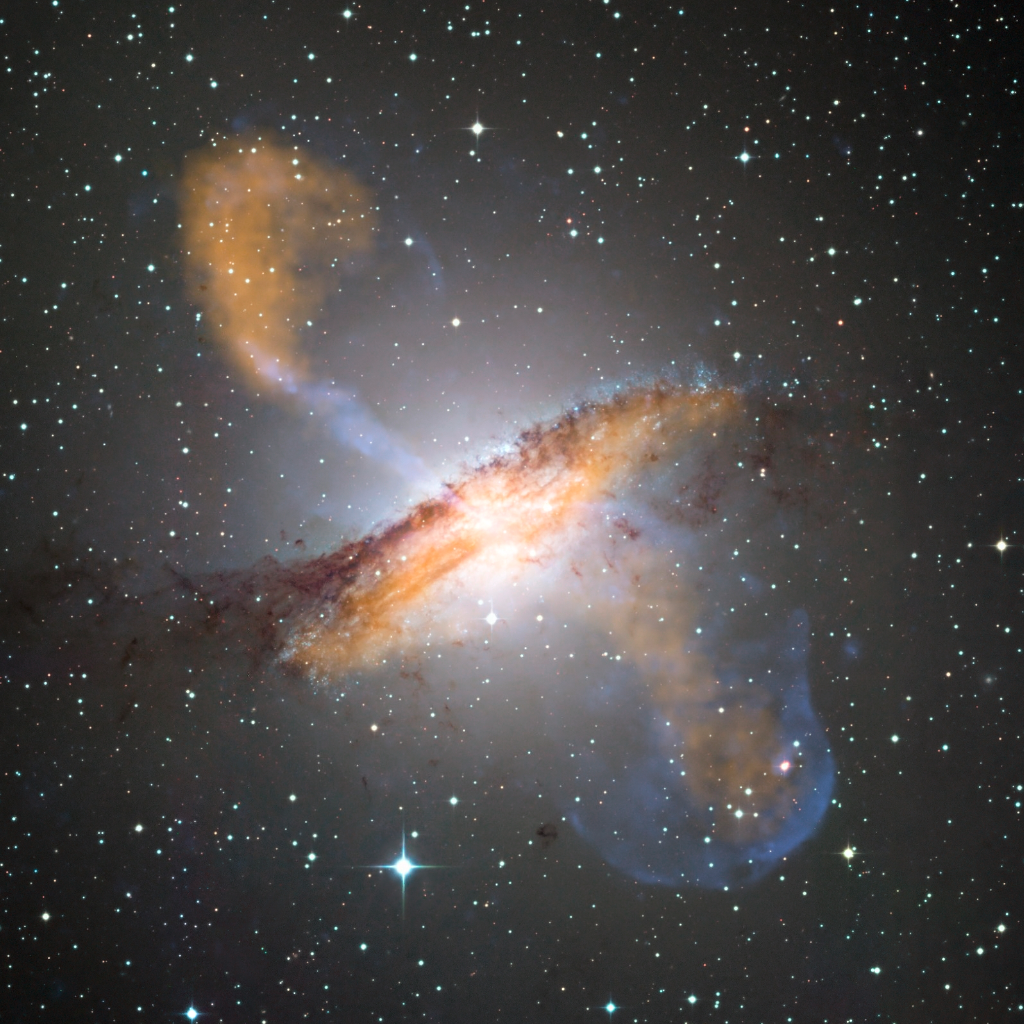Botanically, there’s no such thing as a vegetable.
That’s a culinary term, which seems to cover some fruits, some plant roots, some plant stems, some plant leaves, and some plant flowers.While culinary fruits are the other botanical fruits, and a few flowers (figs are weird)
The legal decision is important for a slew of reasons including taxation, SNAP benefits, etc. The decision was less about science and more about the reality of how tomatoes are used in our society.
… Cool? I was more pointing out the issues with the assumptions the meme was making
So was I.
Vegetables do not exist. Well, they exist as a culinary thing. There’s just no scientific/botanical definition of what makes something a vegetable.
I appreciate the message, but I find this presentation style to be unbearable, like a shitty clickbait version of a TED talk: fast cuts with exaggerated audience reactions, playing hide the ball with the actual information being presented. And then they took what I imagine is a normal studio production designed for normal TV screens and cropped it into vertical video, published on Youtube as a short. Gross.
Fruit the botanical term and fruit the culinary term are just not the same word. Similarly to how theory means something different in science and in colloquial speech. That’s just how language works.

From Mr. Lovenstein whose website unfortunately doesn’t seem to work, except to redirect you to Meta-owned socials. Ugh.
Aren’t strawberries nuts?
Yeah man, they’re completely nuts!
Being smug over the meanings of words that aren’t ever actually used in a consistent way is even more American.
Um actually, Strawberries are not a berry, it’s a Gameboy, not a Nintendo, and I lick toads. Can you go to the bathroom?
The only thing similar that I have experienced in Europe is the protected food name law, e.g. Champagne and Parmesan, but that’s an EU cultural protectionism law that the US doesn’t actually follow.
No worries, “being smug over the meanings of words that aren’t ever actually used in a consistent way” is done over here in Europe as well. People have the exact same conversations you list as examples. I would even go so far and say that this is true for the whole world and throughout time, a human condition. I would also think that it really isn’t about the words/language, but rather about having control over the conversation and power over others.
No! How dare! My unique lived experience is unique to only me and my arbitrary group! You can’t be the same!
What next? You gonna tell me the “wait 5 minutes” joke about weather basically applies everywhere?
I still get angry about teachers replying with " I don’t know if you can go to the toilet" Fucking power play for sure. I was already shy about asking to use the toilet.
Yep, I really hate those moments, too. My father used to do this all the time just to get one up on me :/
If I had a nickel for every lemmy post and comment being hostile over another countries language/use of language, I’d be a rich fucker indeed
I don’t see anyone being hostile, do you?
Not you, to be clear. Posts where people decide to pick fights over aluminum vs aluminium, that sorta thing.
OK, got it
All the time lol
I don’t see much difference between the Parmesan case and Apple sueing against a vaguely similiar looking logo.
Wasn’t it the Beatles sueing Apple and not the other way around?
How so? You can have a cheese that’s a molecular perfect replica of a Parmesan and have no legal issues. You only have problems is you call it Parmesan without following the requirements.
To be honest, it seems like the complete opposite issue.
i thought the problem would be if they called it parmigiano reggiano, but calling it parmesan was okay
Both are branding issues?
No, they aren’t.
deleted by creator
I’m going to take this as an opportunity to point out that bees are a type of fish in California.
Not unique because EU also classifies tomatoes as vegetables.
Is the tomato a fruit or a vegetable?
The classification of fruit and vegetables can be based
on various approaches — botanical, agronomical,
culinary — thus resulting in different definitions. For
example, the tomato is botanically a fruit, but it is
commonly considered a vegetable from both the
agronomical and the culinary points of view.
The facts and figures presented in this briefing follow
Eurostat’s definitions based on the farm management
and agronomical practices, according to which the
term ‘fresh vegetable’ refers to annual (or, rarely,
biennial) horticultural crops, and the term ‘fruit’ refers
to perennial crops.
Following this approach, tomatoes are included in the
main statistical aggregate of vegetables, as well as
melons, water melons and strawberries, which are
commonly considered and consumed as fruit.https://www.europarl.europa.eu/RegData/etudes/BRIE/2019/635563/EPRS_BRI(2019)635563_EN.pdf
I wonder if in other romance languages is the same, in Spanish and Catalan the two definitions are distinguished by being masculine or feminine. Fruto/fruit being masculine is the botanical fruit and fruta/fruita is the culinary fruit.
How is it in other romance languages?
Almost, but not quite. Fruto and fruta are not two genders of the same word, but two different words, with different sources words (fruto fructus and fruta fructa)
Meanings are very similar, so there’s a lot of mixup.
You’re completely right, they are two different words. For me that distinction was so clear that I never considered that what I wrote could be interpreted as two genders of the same word, that would make no sense.
I didn’t know the origins though, cool.
deleted by creator
Is there even a botanical definition of vegetables?
No. What is or isn’t a vegetable is determined entirely by whether we collectively consider any given plant or plant part a food item.
And we laughed when some pope declared the capybara is a fish
When… what? 😂
Capybara are fish, so are bees, because fish don’t actually exist.
The levels of validity may vary, but everything I said there is true in one form or another.
That only creates more questions 😅
Yes, fruit is a botanical category, but vegetable is not.
deleted by creator
The Supreme Court was fully aware of the technical term:
Botanically speaking, tomatoes are the fruit of a vine, just as are cucumbers, squashes, beans, and peas. But in the common language of the people, whether sellers or consumers of provisions, all these are vegetables which are grown in kitchen gardens, and which, whether eaten cooked or raw, are, like potatoes, carrots, parsnips, turnips, beets, cauliflower, cabbage, celery, and lettuce, usually served at dinner in, with, or after the soup, fish, or meats which constitute the principal part of the repast, and not, like fruits generally, as dessert.
The attempt to class tomatoes as fruit is not unlike a recent attempt to class beans as seeds, of which Mr. Justice Bradley, speaking for this Court, said:
“We do not see why they should be classified as seeds any more than walnuts should be so classified. Both are seeds, in the language of botany or natural history, but not in commerce nor in common parlance. On the other hand, in speaking generally of provisions, beans may well be included under the term ‘vegetables.’ As an article of food on our tables, whether baked or boiled, or forming the basis of soup, they are used as a vegetable, as well when ripe as when green. This is the principal use to which they are put. Beyond the common knowledge which we have on this subject, very little evidence is necessary or can be produced.”
Nix v. Hedden, 149 U.S. 304 (1893)
So this is how the Supreme Court could do this: they were fully aware but reasonably decided tariff laws should be based on ordinary meaning.
deleted by creator
Intelligence is knowing that a tomato is a fruit.
Wisdom is not putting it in a fruit salad.
Distinction is inventing a fruit salad that a variety of tomato can fit into.
Ketchup lobby in full swing
deleted by creator










